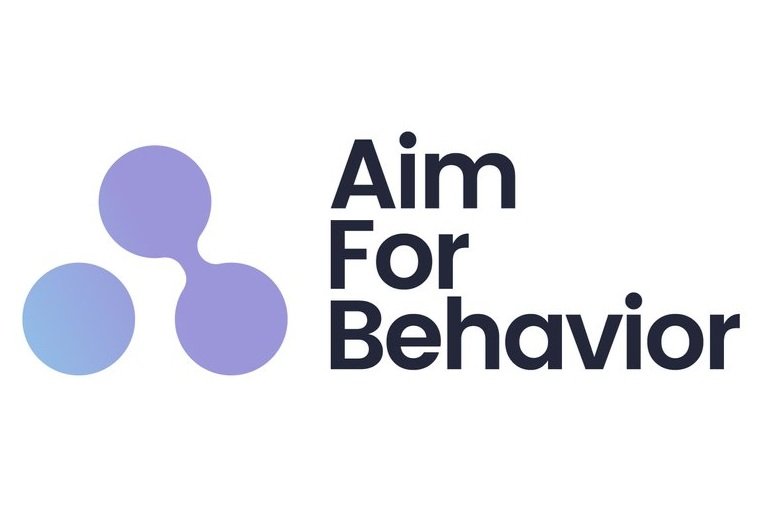I had a Panic Attack about 10 years ago, during a meeting and after I had drank some coffee.
I had just moved to Dubai and though I managed to finish the meeting, I then was rushed to the hospital- which took about an hour, as we didn’t know where it was and got lost several times.
This experience created some memories in my brain, which from time to time appear.
It was not until I started working with behavioural science that I was able to start understanding and believing in the brain, body connection.
Neuroscience as well as psychology (CBT) has helped me better understand what I am going through when I have “sensations”
Here is a nice summary of what the article has to say on panic attacks and what you could do about it.
It’s helped me and I hope it helps you, if you ever suffer from it.
- Panic disorder is a complex condition with roots in the brain-body connection. Triggers can be environmental stimuli, genetic predispositions, changes in brain function, or even stress.
- A panic attack begins with an increase in heart rate, followed by a cascade of physiological responses such as dilated pupils, faster breathing, and diversion of blood to major muscles, all fueled by hormones like adrenaline and cortisol released by adrenal glands. - I definitely experienced this in my meeting.
- The amygdala, traditionally considered the 'fear center', alerts the hypothalamus, which controls involuntary bodily functions. However, new research indicates that other areas, like the insular cortex and the nucleus of the solitary tract, could be involved in the fear response.
- Panic attacks usually peak and subside within 10-15 minutes - you can also have anxiety attacks at a lower intensity, but the sensations will be there.
It is not easy to ride out the sensations, it takes courage and lots of practice.
Some possible techniques to help could be (you need to test and see which will work best for you)
-Recognizing the attack
-Reassuring oneself of safety -Understanding the physiological responses involved.
This understanding invites the involvement of the frontal cortex, an area responsible for conscious thought and problem-solving - and it takes lots of practice, be patient, incremental small steps matter.
- Controlled breathing is a powerful tool against panic attacks. Slowing down breath rate and making exhales longer stimulates the parasympathetic response, which has a calming effect.
- Regular mindfulness meditation practices and cognitive-behavioral therapy can help manage and prevent panic attacks. (Done these, and continue to meditate, to keep training my brain)
Mental health is important, and knowing that things like panic attacks are common and not something to be stigmatised is important.
It’s your brain and body connection and sometimes the “wires get crossed “ - but we can work to get them back on track.

